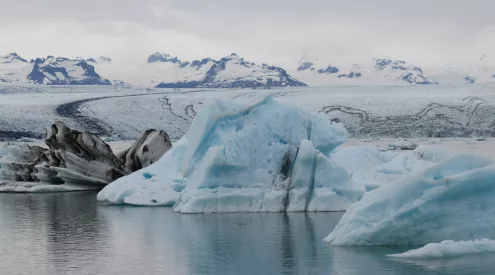The birth of three North Atlantic right whales after a year of no recorded newborns has elicited hope for the future of these enormous, endangered marine mammals.
North Atlantic right whales are endemic to the northern hemisphere, specifically around the eastern coast of North America. These whales migrate yearly between their calving and feeding grounds. They generally move to shallow coastal waters off America’s southeastern coast to calve. The former mass huntings of these whales sadly greatly reduced the population and today numbers remain worryingly low, with only 411 of the animals left in the world. Last year, no newborns were recorded.
With the species’ slow reproductive rate, the discovery of the three new calves has some optimistic about the outlook for population numbers. Calving season begins in the early winter months and is officially over by March 31st. The birth rate for North Atlantic right whales is extremely low. The gestation period lasts between 12 and 14 months, nursing lasts for one year and a mother’s recovery period after having a calf can be up to three years. Within the small population, an estimated 90-100 females of reproductive maturity exist.
In 2017, just five calves were born and, devastatingly, 17 whales were reportedly killed by net entanglement and from being hit by ships across the waters of Canada and the USA. Fishing practices and the equipment used are a major risk for the whale population. Increasing water temperatures have also resulted in the mammals’ feeding patterns changing, which can negatively affecting the whales’ fertility.
Tracking the births of North Atlantic right whales is done by two teams of trackers who fly over the coastline from Savannah, Georgia to Jacksonville, Florida in the USA. Tracking is done on clear days between December and March. The first mother was spotted swimming with her calf by a Florida Fish and Wildlife Conservation Commission worker in December. The second mother and calf were seen earlier this month, while the third calf with its mother was spotted north of Jacksonville.
Image source: Instagram / @smithsonianmagazine
















